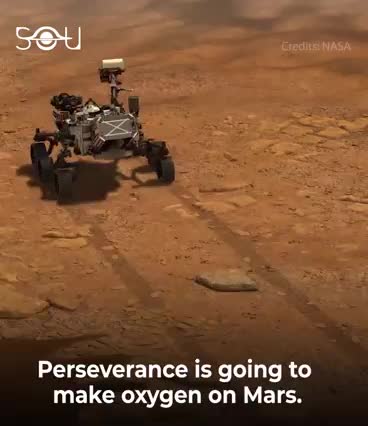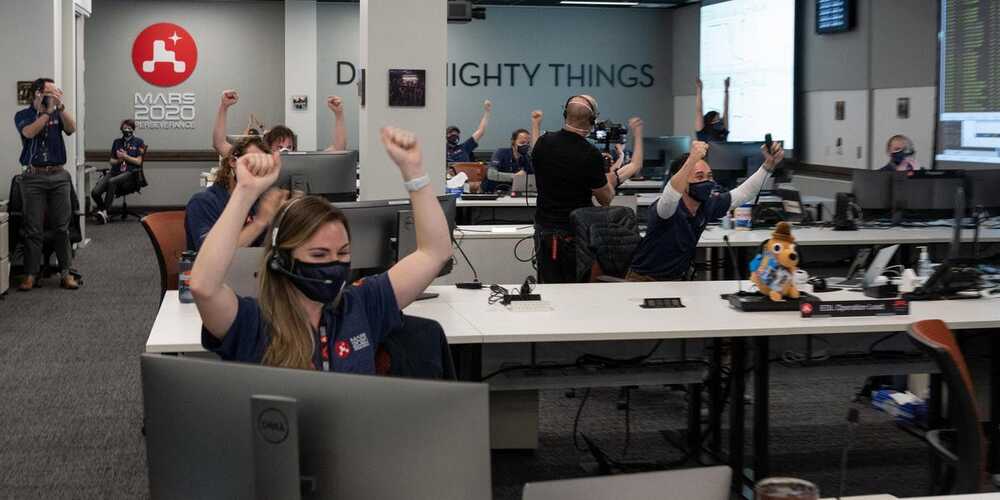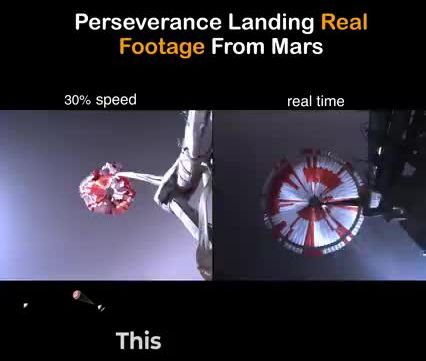
Category: space – Page 708

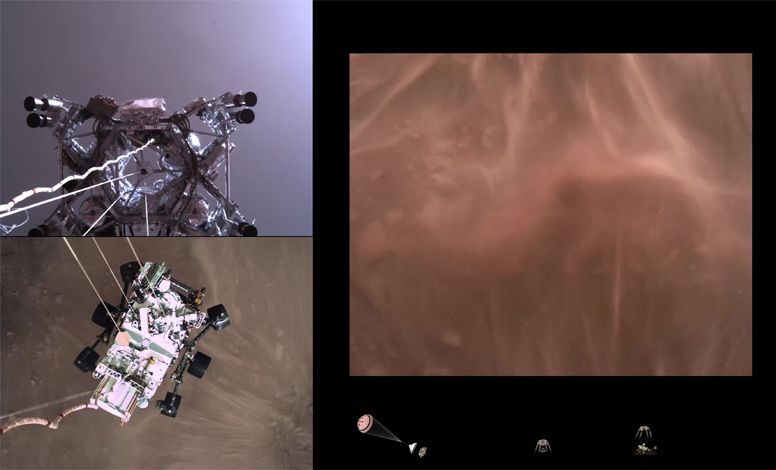
NASA’s Ingenuity helicopter on Mars phones home and is ‘working great’
:3333
NASA mission control in Southern California received the first status report from Ingenuity late on Friday via the space-based Mars Reconnaissance Orbiter.

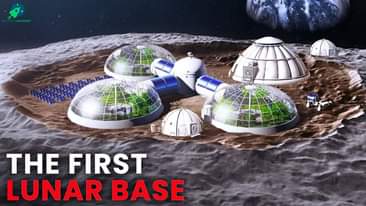
The European Space Agency is recruiting new astronauts for the first time in 13 years, including people with physical disabilities
If you’ve ever dreamed of becoming an astronaut, the European Space Agency is seeking a new cohort of astronauts for the first time in 13 years.
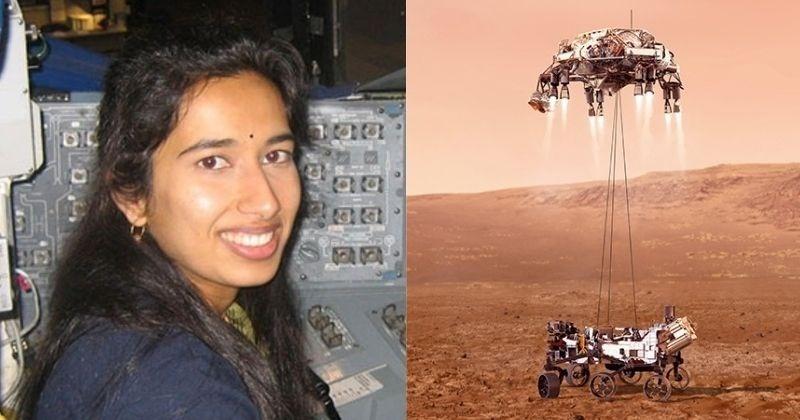
Meet Dr Swati Mohan, In Charge Of Landing NASA Perseverance Rover On Mars
The genius behind the space probe’s landing on Mars.
As NASA’s Mars 2020 mission gets set to land its package on the surface of the red planet, NASA engineers, including Dr Swati Mohan, who has led the attitude control system of Mars 2020 mission during operations, will be counting some very anxious minutes.
